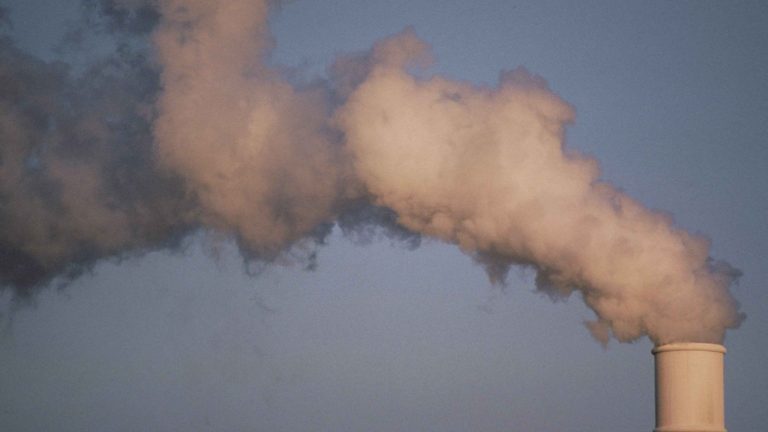Published on November 25, 2019

Power plants are prolific particulate producers. To generate energy, power plants burn fossil fuels, and the combustion spews gases and fine specks of pollution into the air. Air pollution affects everyone, but experts are now warning that exposure levels can weigh heavier on certain racial and ethnic communities, independent of their income levels. And even if your state has stringent pollution controls, researchers note that the effects of particulates can reach far beyond the shadows of power plants, crossing state lines.
Researchers have now delved into data to understand how this pollution exposure differs by demographic groupings. Specifically, the team looked at health-related impacts broken down by race, income, and geography.
“We were interested in [learning] who inhales the air pollution from power plants,” said Julian Marshall, an air pollution researcher and professor of Civil and Environmental Engineering at the University of Washington. He and his coauthors published their work in Environmental Science and Technology.
They found that average exposure to air pollution was highest for black Americans, followed by non-Latino white populations. For every 100,000 people, about seven black Americans died prematurely, while six white Americans died. Other race/ethnic groups averaged four deaths per 100,000 people.
When the researchers looked at mortality based on income, they found that low-income households (those making less than $10,000 per year) had one additional death per 100,000 people compared with high-income households (those making more than $200,000 per year).
“In our society, where people live and where there is pollution are not random [factors],” said Marshall. He added that his team’s findings are important when considering issues of environmental justice in underserved communities.
Continue reading at Eos: Earth and Space Science News.
Originally written by Sarah Derouin for Eos.